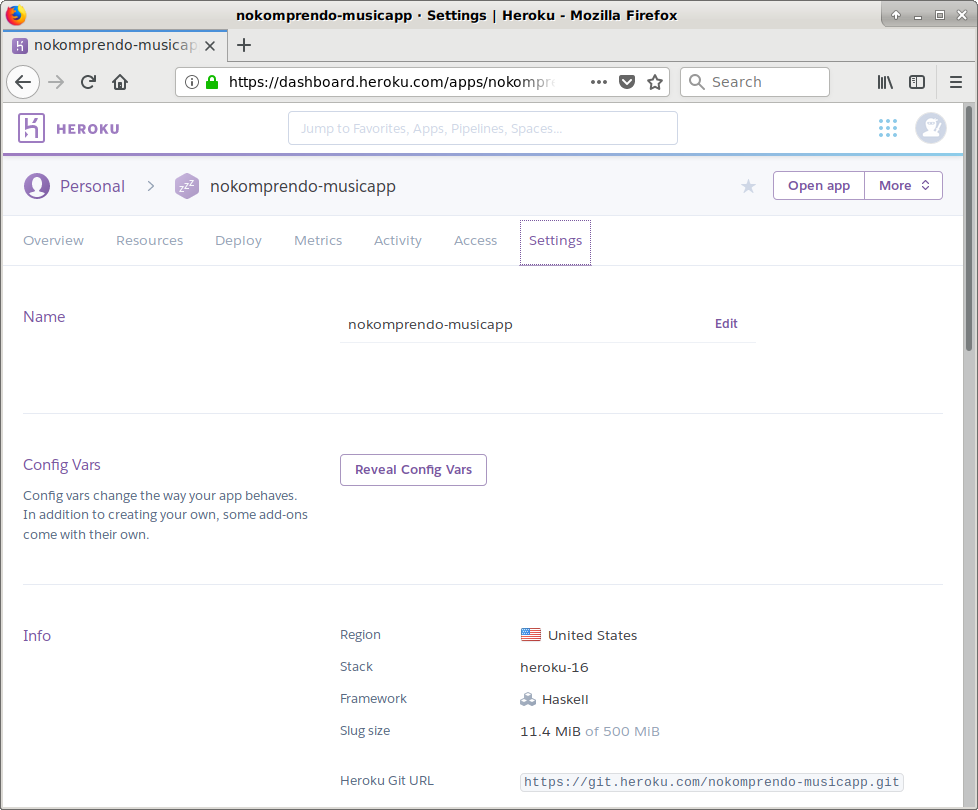
Under the connection tab: hostname/address.Name it whatever you want, I chose ‘Heroku-Run - On’ Heroku warns against installing with npm as unlike using other installers it doesn’t expose autoupdates.Ĭheck the page below and use the appropriate installer for your system: Sign into Heroku/create an account and then go to the apps dashboard.
#Heroku sql tabs superuser code
Diving head-first into code is great for prototyping, but is not ideal and will most certainly cause a need to backtrack when actually attempting to get everything working in harmony.

#Heroku sql tabs superuser series
If there’s anything learned from both parts of this series thus far, it’s that big projects require a lot of infrastructure and thought. Given everything, it’s important to start getting set remotely from the start, before development spirals out of control. In practice, this pipeline looks as follows: Thus, I’ve justified to myself working in a rather opposite/non-intuitive manner: I create changes to the Heroku production database and export them locally. Imagine accidentally leaving a dump file with sensitive information sitting somewhere. They recommend setting up an Amazon S3 account to mitigate risks etc, but for a simple API this is yet another hoop to step through and manage, particularly as a solo developer. They quickly add:įor security, we recommend obscuring the filename and also removing the file once the import has completed.īut I’m not going to lie, this doesn’t sit well with me. The problem with the import method is that it requires saving a dump file somewhere with a publicly accessible http URL (ie: it cannot be done through Heroku dashboard, unfortunately). Furthermore, Heroku offers ways to both import and export databases by using such dump files. Thankfully, there are ways to create database dump files which contain all of the information to reproduce a database. It’s thus desirable to avoid the possibility of inconsistencies and therefore a streamlined mechanism to synchronize everything is rather valuable. Code running on the development database seems to work, but might not work as expected live. Imagine for a second that there’s a minor unnoticed inconsistency somewhere between the development and production databases. Given these various versions, one can run into issues making sure the schemas and data are consistent across the board. Test database(s) - like the development databases, for use in continuous integration and running tests.Development database(s) - either locally on each developer’s computer, or hosted centrally somewhere else.Production database - live on a server somewhere, containing the application data.When developing an application that makes heavy use of a database(s), one can imagine that at least 3 databases exist: I’ll attempt to outline the problems of working with various databases and an opinionated method to manage everything using pgAdmin and Heroku. I’m not going to lie, this topic is a bit challenging to approach in an elegant manner.


Working With Databases Locally and Remotely


 0 kommentar(er)
0 kommentar(er)
